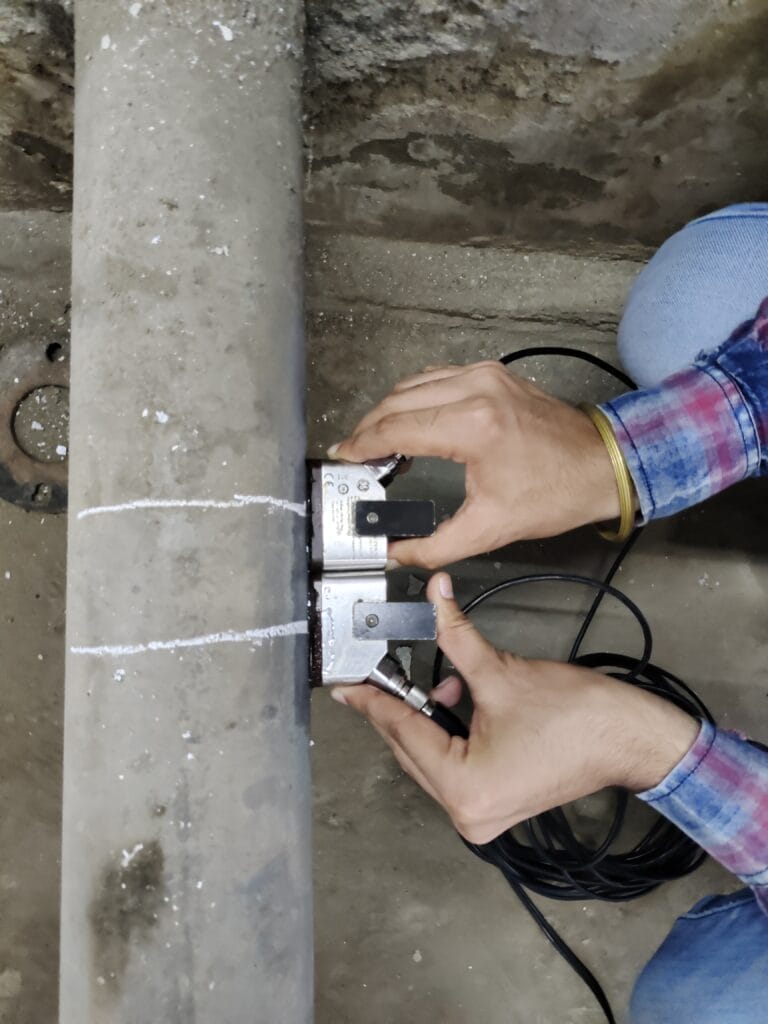Introduction
Water is a precious resource, and conserving it is not only essential for the environment but also for your wallet. Conducting a residential water audit is a crucial step in identifying and addressing water wastage in your home. Elion Technologies and Consulting Private Limited is here to guide you through the process in a step-by-step manner. In this blog, we will take you through the basics of a residential water audit and provide you with practical tips to save water, reduce your utility bills, and contribute to a more sustainable future.

Step 1: Gather Your Tools
Before you start, make sure you have the necessary tools at hand:
- A clipboard and notepad for recording your findings.
- A stopwatch or timer.
- A wrench and pliers for checking and fixing leaks.
- A water flow rate measurement device (optional but useful).
Step 2: Locate and Document All Water Fixtures
Start by making a list of all water fixtures in your home, including faucets, showers, toilets, and appliances that use water. Create a diagram or map of your water system for reference.
Step 3: Check for Leaks
Leaks are a common source of water wastage. Examine each fixture for visible leaks, and listen for any unusual sounds. Fix any leaks promptly, as they can lead to substantial water loss over time.
Step 4: Measure Water Flow Rates
For more accurate data, measure the flow rates of your fixtures. You can do this using a flow rate measurement device or a simple bucket and stopwatch. Calculate the gallons per minute (GPM) for each fixture.
Step 5: Analyze Water Consumption
Now that you have data on your water fixtures, calculate your daily, weekly, and monthly water usage. Identify any fixtures or areas with excessive water consumption.
Step 6: Evaluate Water-Saving Opportunities
Identify areas where you can reduce water consumption:
- Replace old, inefficient fixtures with water-efficient models (e.g., low-flow toilets and aerated faucets).
- Install a smart irrigation system to optimize outdoor water use.
- Implement water-saving habits, like shorter showers and turning off the tap while brushing teeth.
Step 7: Set Water-Saving Goals
Establish specific, measurable goals for reducing water consumption in your home. Track your progress regularly and adjust your habits as needed.
Step 8: Regular Maintenance
Keep an eye on your fixtures and plumbing for any new leaks or inefficiencies. Regular maintenance can prevent water waste and save you money in the long run.
Step 9: Monitor Water Bills
Monitor your water bills to track the impact of your water-saving efforts. You should see a decrease in your water expenses over time.
Step 10: Share Your Knowledge
Spread the word about water conservation in your community. Encourage your friends and neighbors to conduct their water audits and take steps to conserve water.
Conclusion
By conducting a residential water audit, you can take proactive steps to reduce your water consumption and contribute to a more sustainable future. Elion Technologies and Consulting Private Limited encourages you to follow this step-by-step guide and make a positive impact on your household’s water use. Not only will you save money on utility bills, but you’ll also play a role in conserving this valuable resource for generations to come.
For More information, please visit www.elion.co.in

